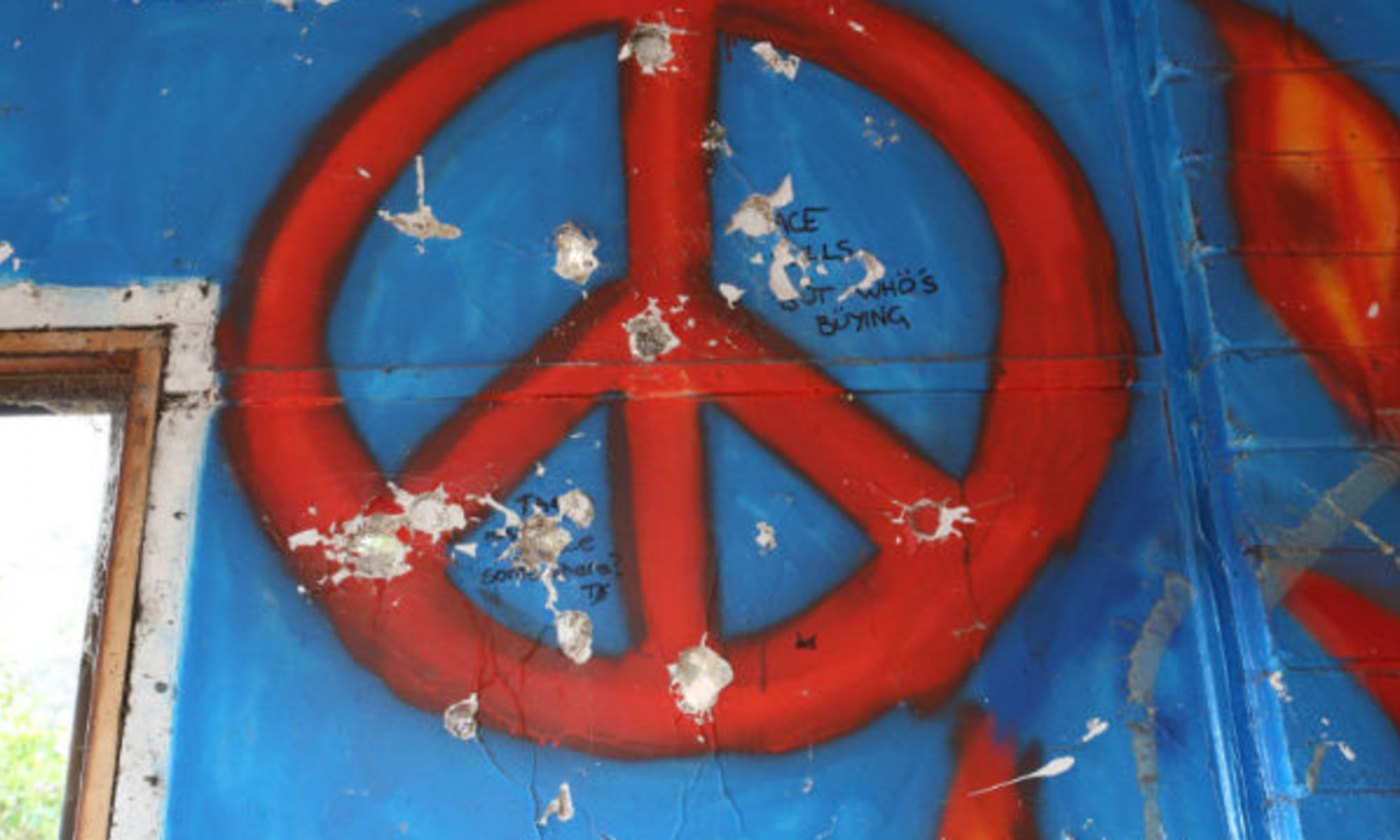By: Óscar Cejudo Corbalán
In one of the sessions with Qamar Houda, we were asked to develop a peace curriculum for a high school context that each group was in charge to decide. The group I worked with decided to develop it for a high school in Charlottesville. When discussing about the strategy, I came up with the possibility of splitting the program in three phases: Tolerance, Understanding, and Trust. The idea was to work from the personal level to the relational one.
As discussed during Laurie Patton’s session, I agree that tolerance seems to be the very first step (before even starting to understand) in order for any type of relationship to happen. It could be explain as the willingness of sitting in the same room, willing to at least listen to the other party.
However, Megan Salmon (who was part of the team I was working with) pointed out that the word tolerance has a strong implication/connotation in Charlottesville: white (fragile) parents will immediately get defensive accusing the program to be targeting mainly their kids. It was such an important and insightful information! The change in terms of what we wanted to achieve was minimal (we called it Understanding-Trust-Transformation) but the rephrasing of that word was so significant.
This links to one of my takeaways of this week: naming and framing. We explored in Madhawa Palihapitiya the importance of being strategic, sensitive, and accurate in the way we name and frame initiatives or programmes. As third parties, it is fundamental not only to have a clear idea of what we want to do, but also how to present this to others. A wrong name or a wrong frame can block or destroy mediations or negotiations.
Let’s reflect this concept back to myself and how do I frame peacebuilding. I feel it is important to understand what I understand by peacebuilding, or at least what do I want to achieve by being in this field (what is my framework of action.) I think I know the answer to this one: If the naming is peacebuilding, my framing is social justice (maybe that is the general framing form peacebuilding, I do not know, I do not want to assume so.)
And then I could go one step forward and question what meaning I give to social justice, which is a much longer answer. In short (and for now, because is constantly evolving since I am constantly learning), it is about the fight for equity through the dismantling of the structures of oppressions that surround us.
The implications of these framings are constantly formulating questions on my role and approach in the field. It is a constant fight for balance between conflict sensitivity and activism. The dilemmas and struggles will always be there, otherwise there would not probably be any transformation.
By a conscious naming and framing of not only programmes but also our careers, actions and so on, we could get to a deeper understanding of our motivations and ourselves – an important first step in peacebuilding.


